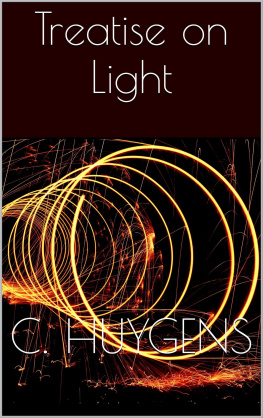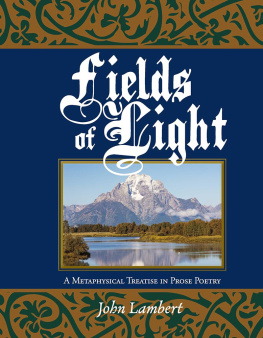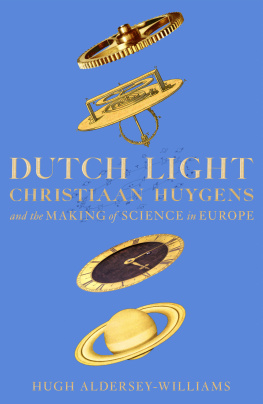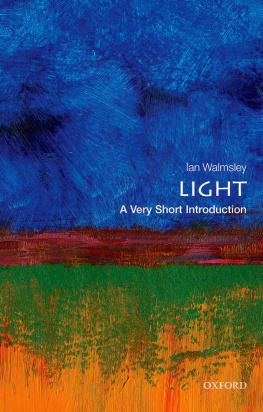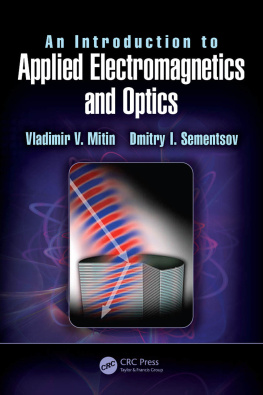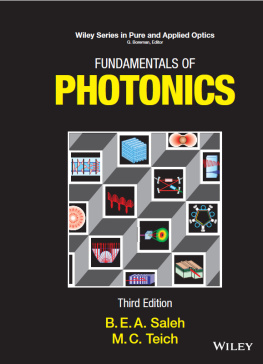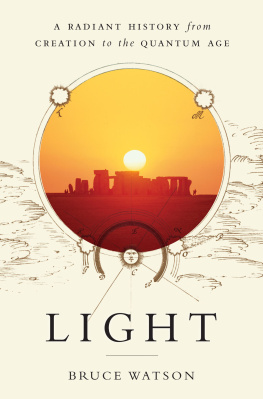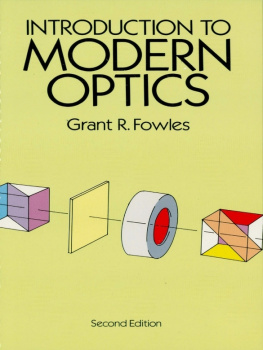wrote this Treatise during my sojourn in France twelveyears ago, and I communicated it in the year 1678 to the learnedpersons who then composed the Royal Academy of Science, to themembership of which the King had done me the honour of calling, me.Several of that body who are still alive will remember having beenpresent when I read it, and above the rest those amongst them whoapplied themselves particularly to the study of Mathematics; ofwhom I cannot cite more than the celebrated gentlemen Cassini,Rmer, and De la Hire. And, although I have since corrected andchanged some parts, the copies which I had made of it at that timemay serve for proof that I have yet added nothing to it save someconjectures touching the formation of Iceland Crystal, and a novelobservation on the refraction of Rock Crystal. I have desired torelate these particulars to make known how long I have meditatedthe things which now I publish, and not for the purpose ofdetracting from the merit of those who, without having seenanything that I have written, may be found to have treated of likematters: as has in fact occurred to two eminent Geometricians,Messieurs Newton and Leibnitz, with respect to the Problem of thefigure of glasses for collecting rays when one of the surfaces isgiven.
One may ask why I have so long delayed to bring this work tothe light. The reason is that I wrote it rather carelessly in theLanguage in which it appears, with the intention of translating itinto Latin, so doing in order to obtain greater attention to thething. After which I proposed to myself to give it out along withanother Treatise on Dioptrics, in which I explain the effects ofTelescopes and those things which belong more to that Science. Butthe pleasure of novelty being past, I have put off from time totime the execution of this design, and I know not when I shall evercome to an end if it, being often turned aside either by businessor by some new study. Considering which I have finally judged thatit was better worth while to publish this writing, such as it is,than to let it run the risk, by waiting longer, of remaininglost.
There will be seen in it demonstrations of those kinds whichdo not produce as great a certitude as those of Geometry, and whicheven differ much therefrom, since whereas the Geometers prove theirPropositions by fixed and incontestable Principles, here thePrinciples are verified by the conclusions to be drawn from them;the nature of these things not allowing of this being doneotherwise.
It is always possible to attain thereby to a degree ofprobability which very often is scarcely less than complete proof.To wit, when things which have been demonstrated by the Principlesthat have been assumed correspond perfectly to the phenomena whichexperiment has brought under observation; especially when there area great number of them, and further, principally, when one canimagine and foresee new phenomena which ought to follow from thehypotheses which one employs, and when one finds that therein thefact corresponds to our prevision. But if all these proofs ofprobability are met with in that which I propose to discuss, as itseems to me they are, this ought to be a very strong confirmationof the success of my inquiry; and it must be ill if the facts arenot pretty much as I represent them. I would believe then thatthose who love to know the Causes of things and who are able toadmire the marvels of Light, will find some satisfaction in thesevarious speculations regarding it, and in the new explanation ofits famous property which is the main foundation of theconstruction of our eyes and of those great inventions which extendso vastly the use of them.
I hope also that there will be some who by following thesebeginnings will penetrate much further into this question than Ihave been able to do, since the subject must be far from beingexhausted. This appears from the passages which I have indicatedwhere I leave certain difficulties without having resolved them,and still more from matters which I have not touched at all, suchas Luminous Bodies of several sorts, and all that concerns Colours;in which no one until now can boast of having succeeded. Finally,there remains much more to be investigated touching the nature ofLight which I do not pretend to have disclosed, and I shall owemuch in return to him who shall be able to supplement that which ishere lacking to me in knowledge.
onsidering the great influence which this Treatise hasexercised in the development of the Science of Optics, it seemsstrange that two centuries should have passed before an Englishedition of the work appeared. Perhaps the circumstance is due tothe mistaken zeal with which formerly everything that conflictedwith the cherished ideas of Newton was denounced by his followers.The Treatise on Light of Huygens has, however, withstood the testof time: and even now the exquisite skill with which he applied hisconception of the propagation of waves of light to unravel theintricacies of the phenomena of the double refraction of crystals,and of the refraction of the atmosphere, will excite the admirationof the student of Optics. It is true that his wave theory was farfrom the complete doctrine as subsequently developed by ThomasYoung and Augustin Fresnel, and belonged rather to geometrical thanto physical Optics. If Huygens had no conception of transversevibrations, of the principle of interference, or of the existenceof the ordered sequence of waves in trains, he neverthelessattained to a remarkably clear understanding of the principles ofwave-propagation; and his exposition of the subject marks an epochin the treatment of Optical problems. It has been needful inpreparing this translation to exercise care lest one should importinto the author's text ideas of subsequent date, by using wordsthat have come to imply modern conceptions. Hence the adoption ofas literal a rendering as possible. A few of the author's termsneed explanation. He uses the word "refraction," for example, bothfor the phenomenon or process usually so denoted, and for theresult of that process: thus the refracted ray he habitually terms"the refraction" of the incident ray. When a wave-front, or, as heterms it, a "wave," has passed from some initial position to asubsequent one, he terms the wave-front in its subsequent position"the continuation" of the wave. He also speaks of the envelope of aset of elementary waves, formed by coalescence of those elementarywave-fronts, as "the termination" of the wave; and the elementarywave-fronts he terms "particular" waves. Owing to the circumstancethat the French word
rayon possesses the double signification of ray of light and radiusof a circle, he avoids its use in the latter sense and speaksalways of the semi-diameter, not of the radius. His speculations asto the ether, his suggestive views of the structure of crystallinebodies, and his explanation of opacity, slight as they are, willpossibly surprise the reader by their seeming modernness. And nonecan read his investigation of the phenomena found in Iceland sparwithout marvelling at his insight and sagacity.
S.P.T.

